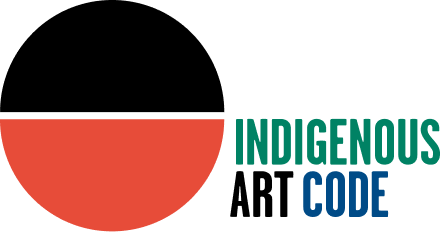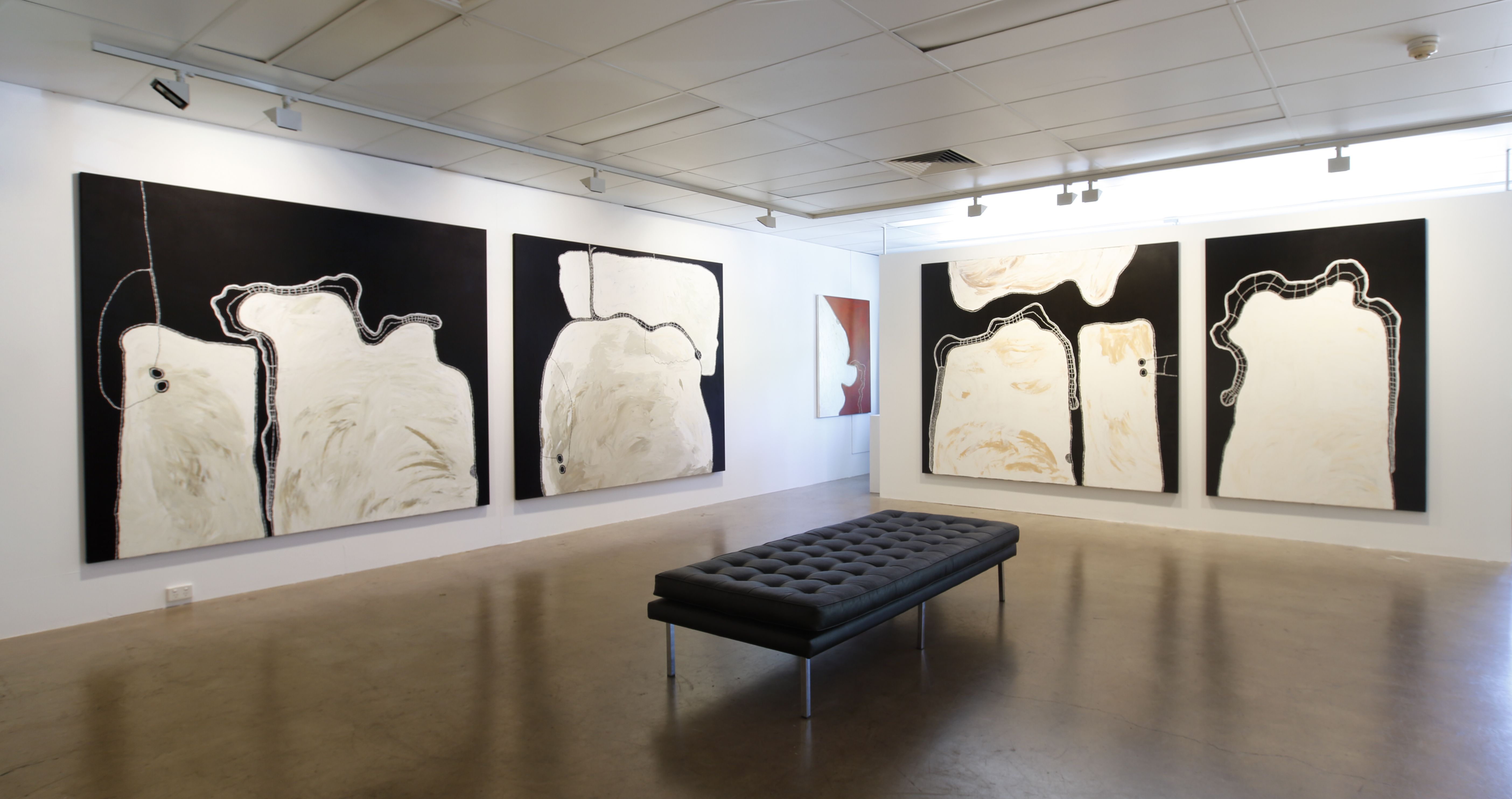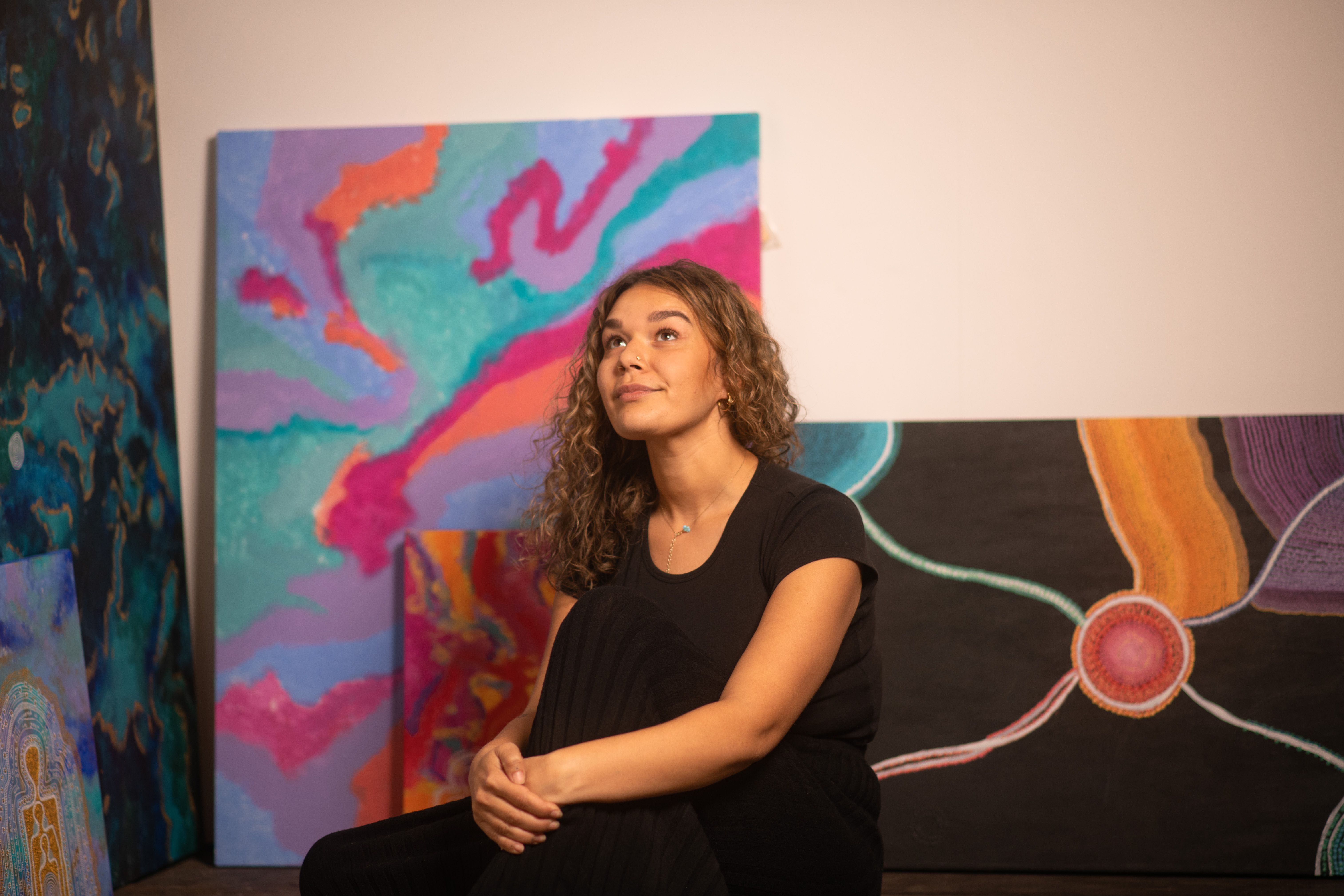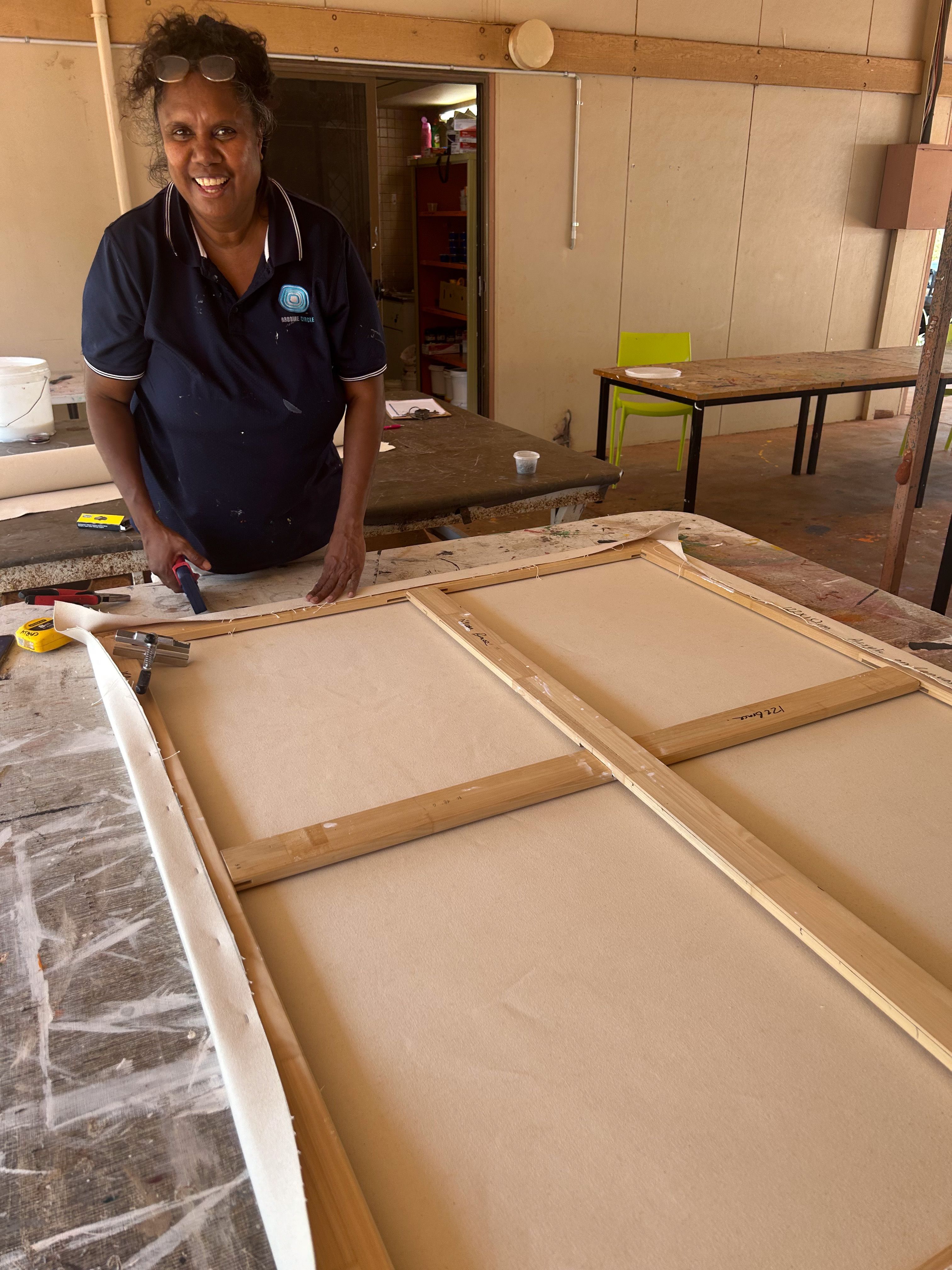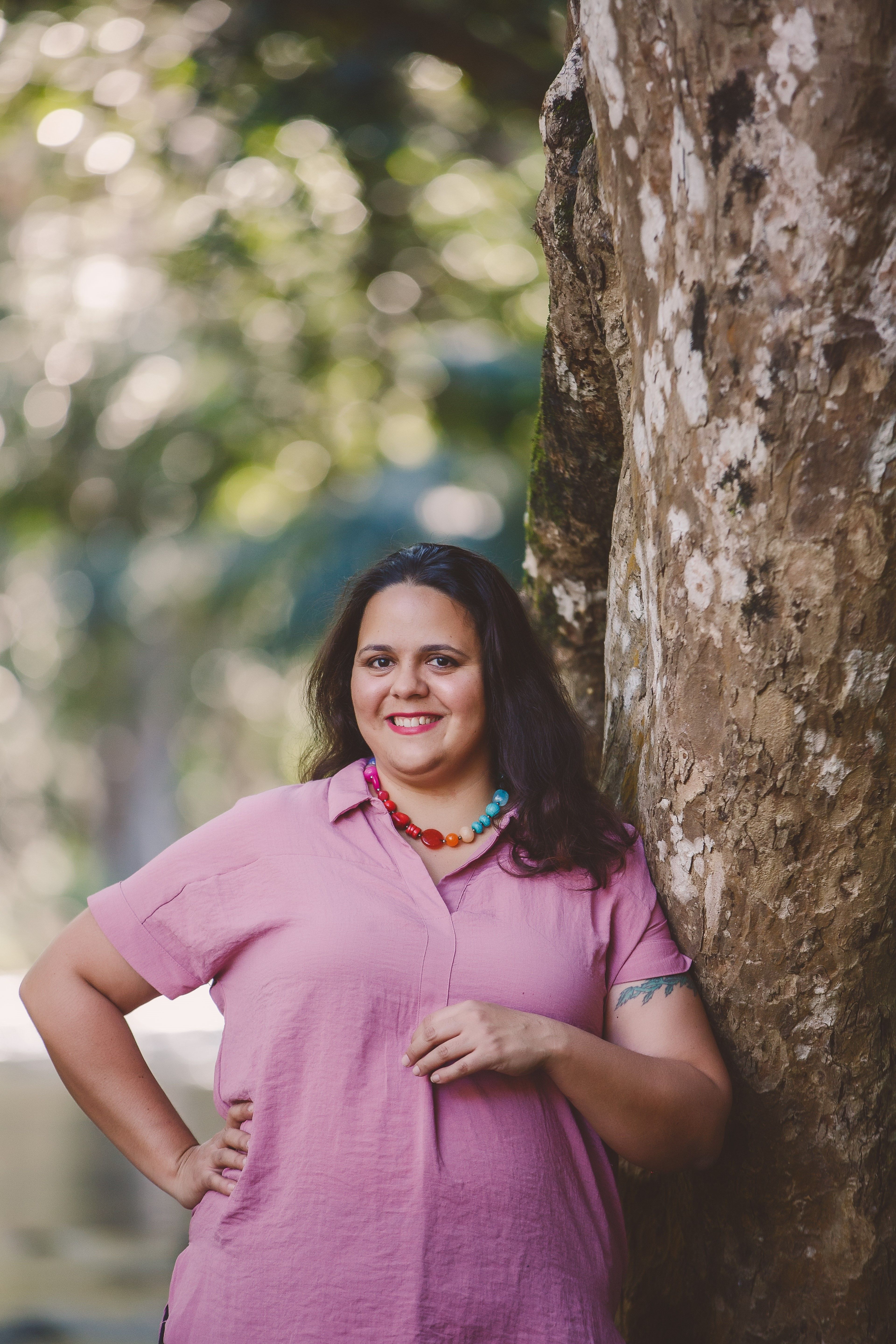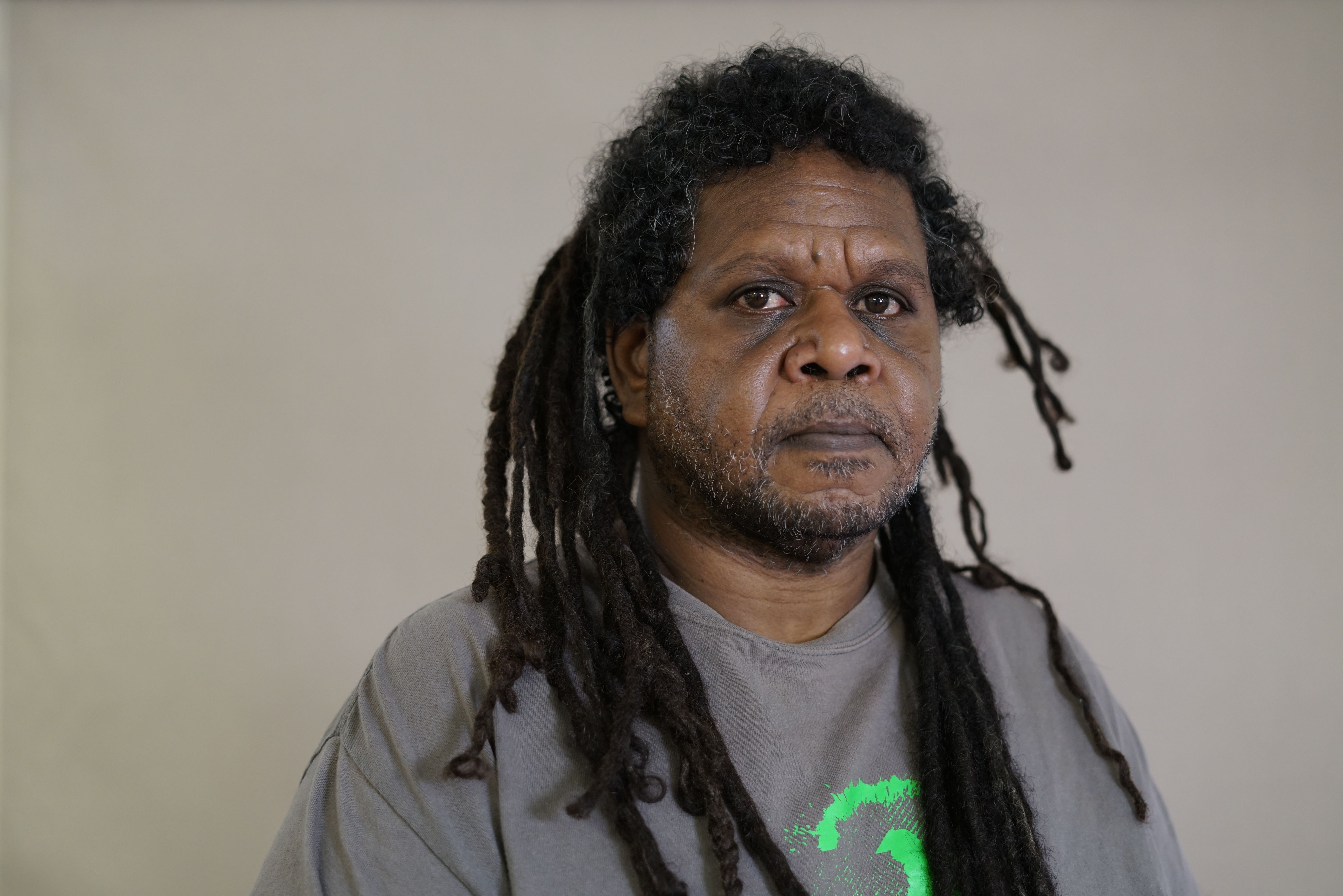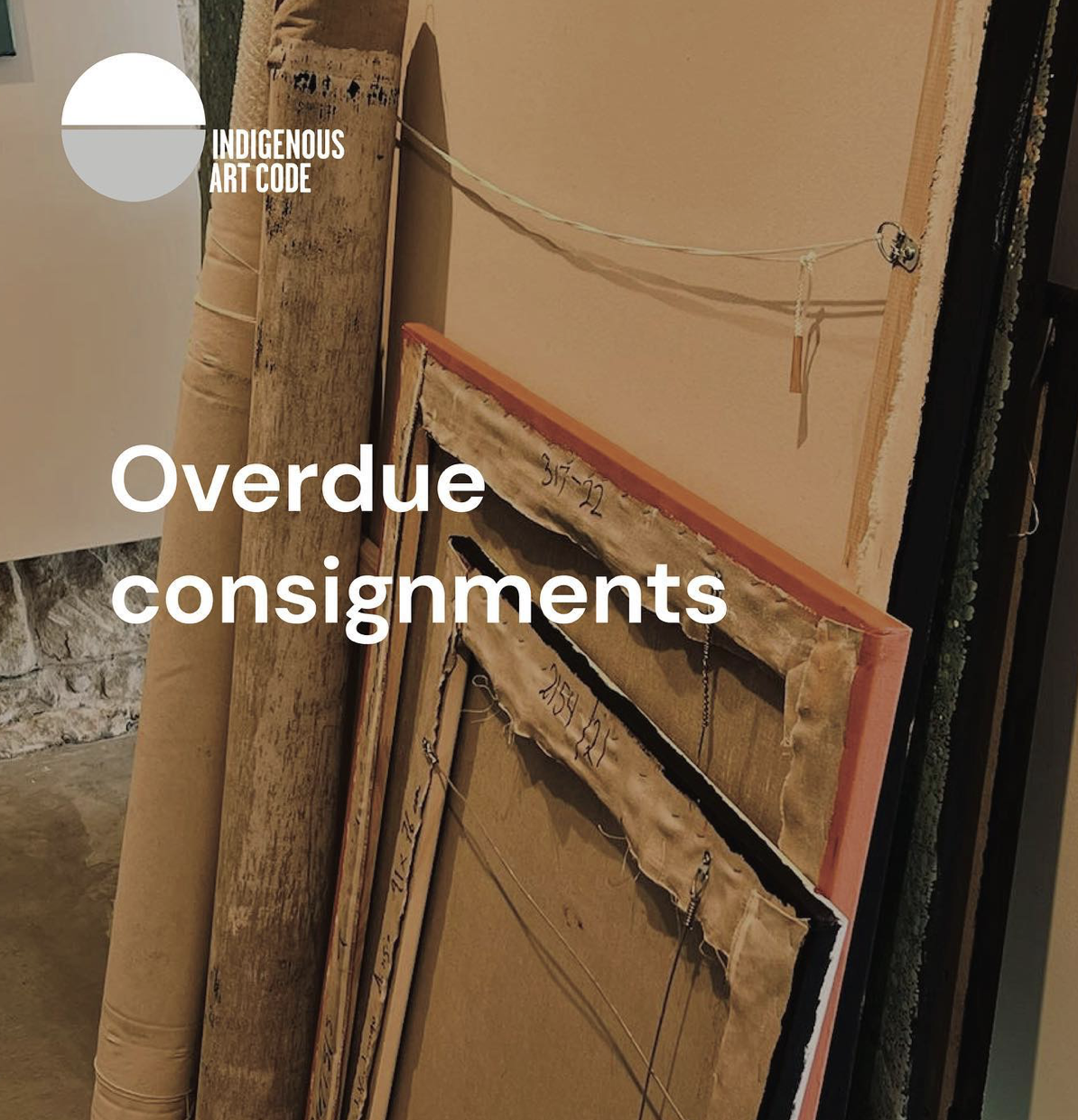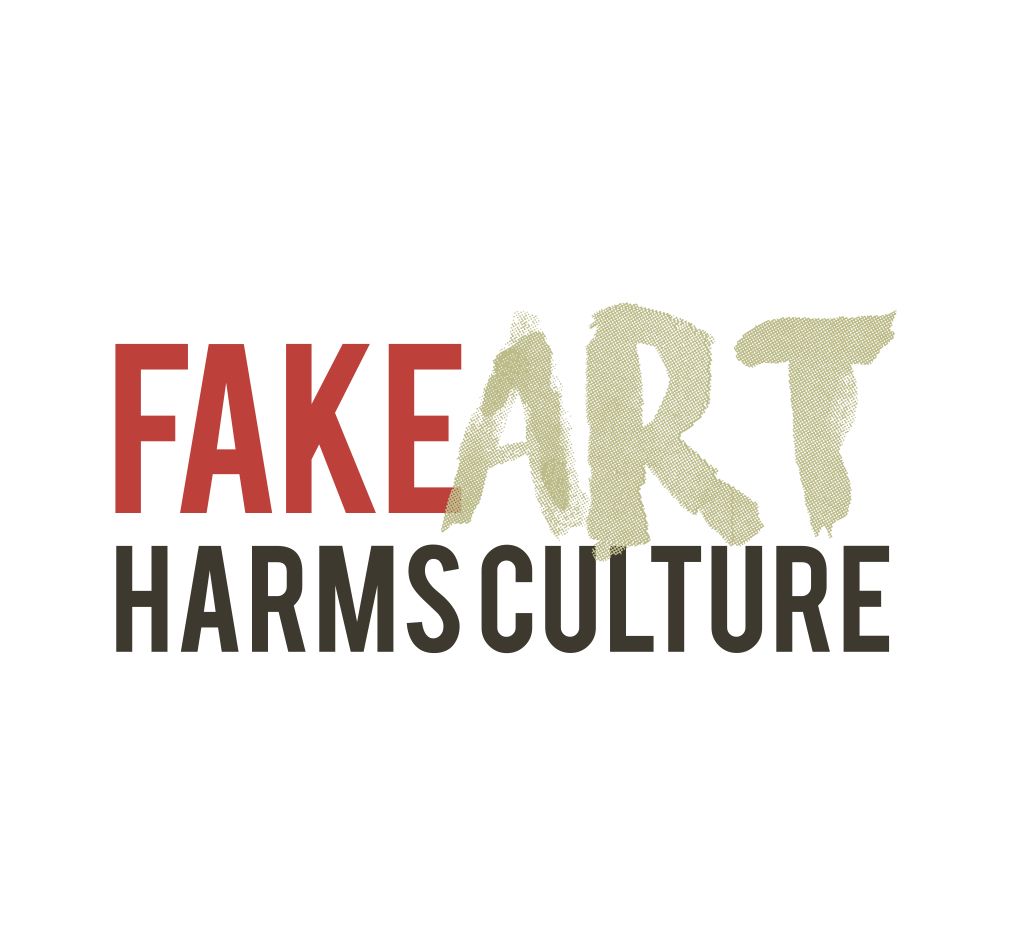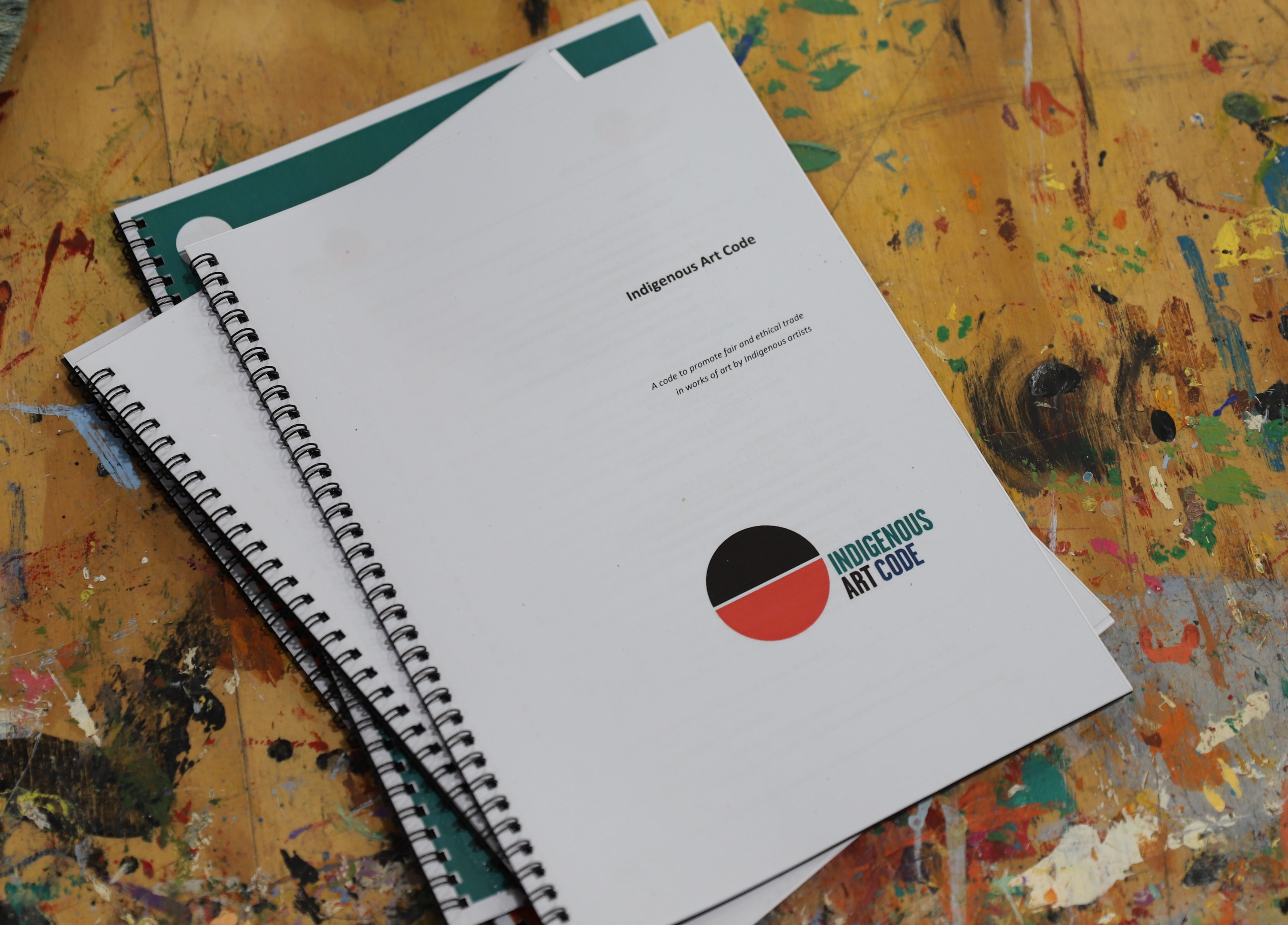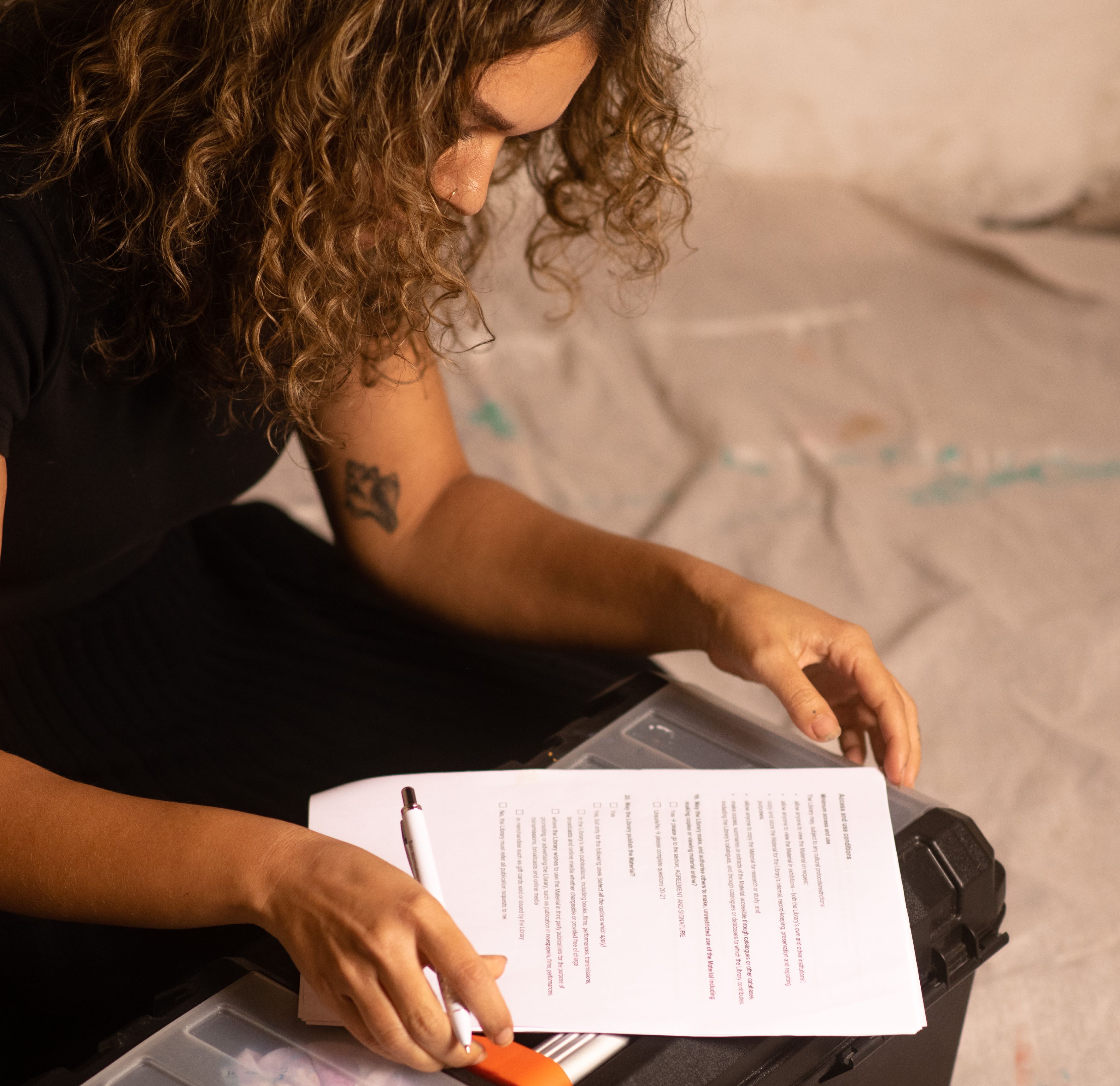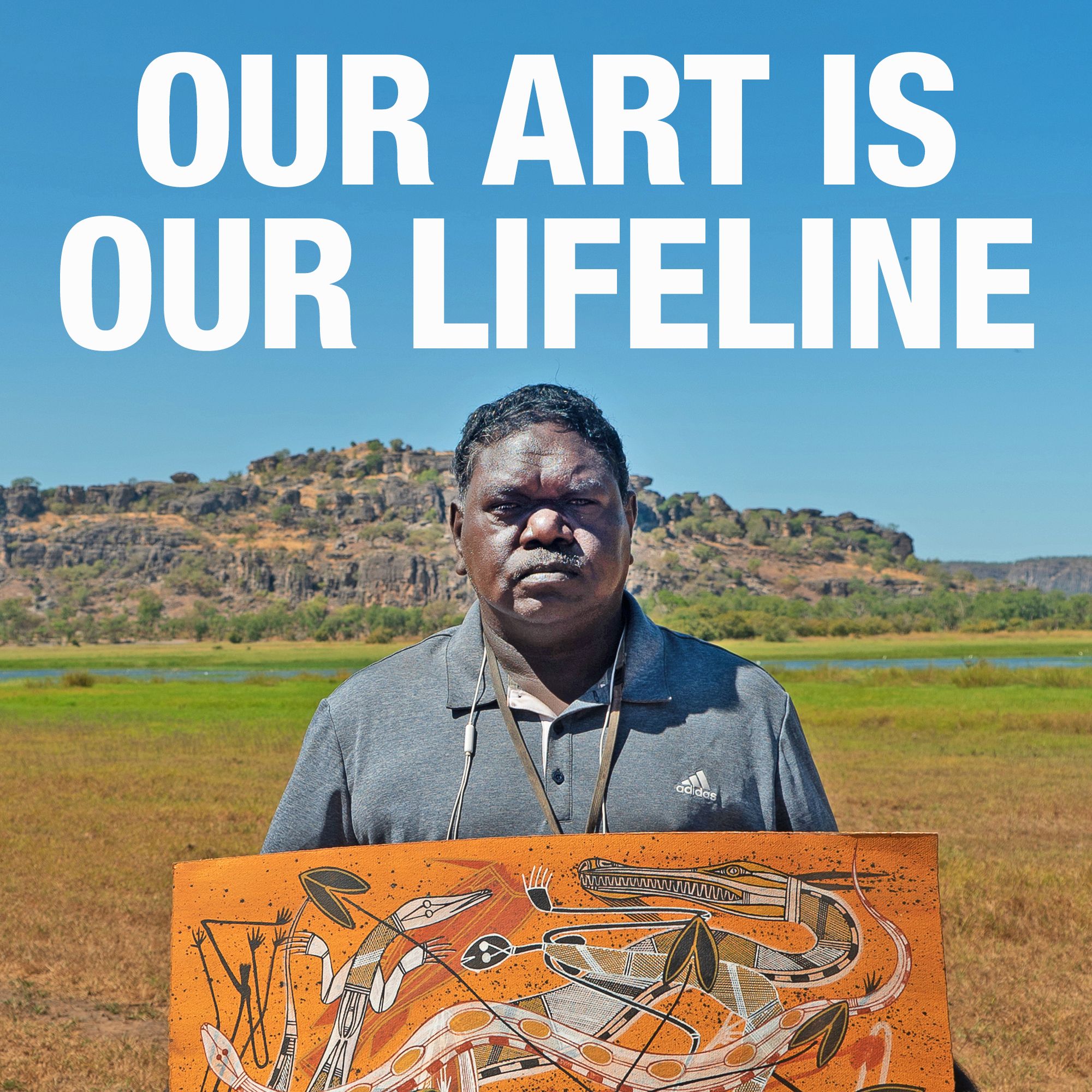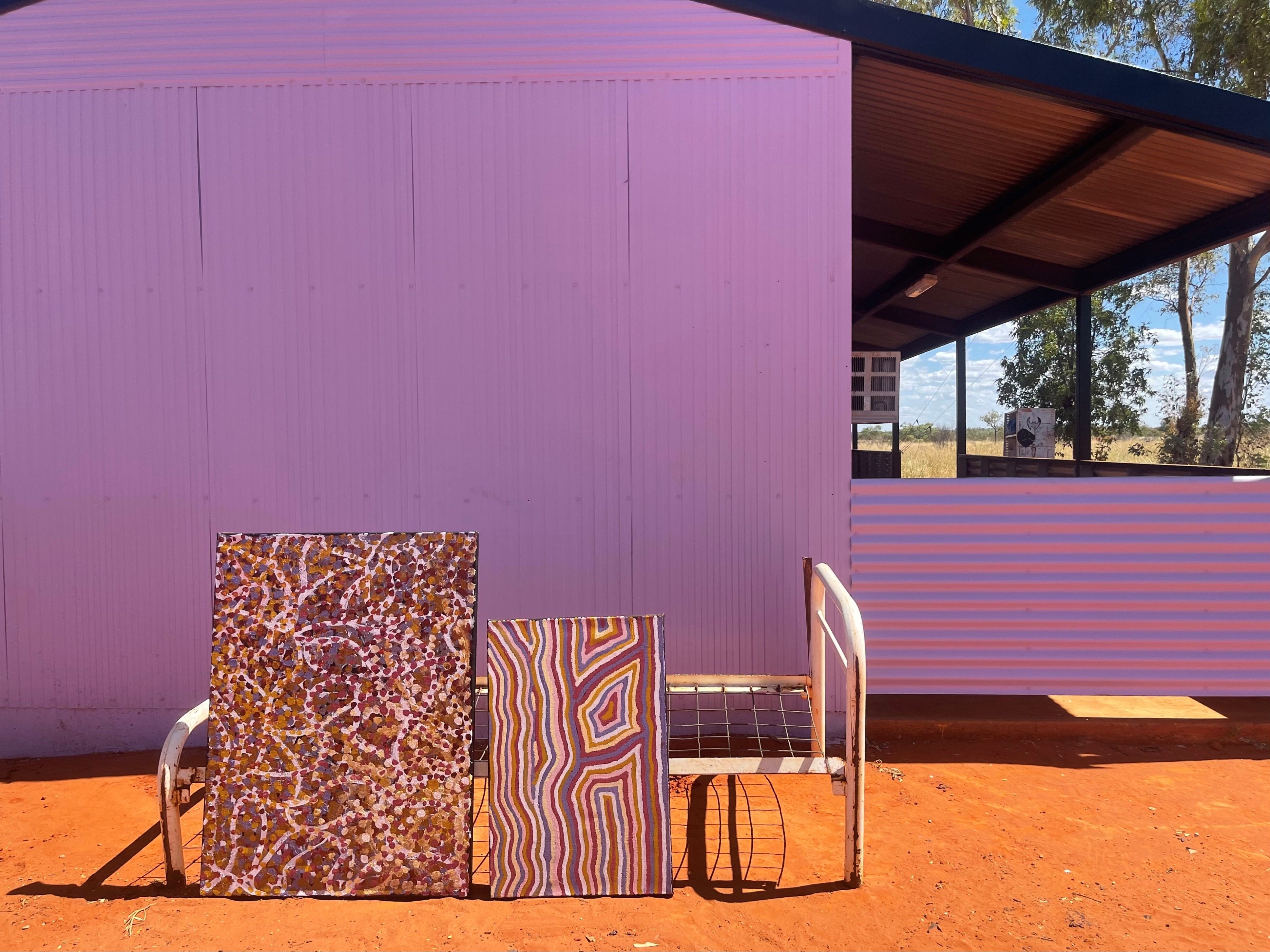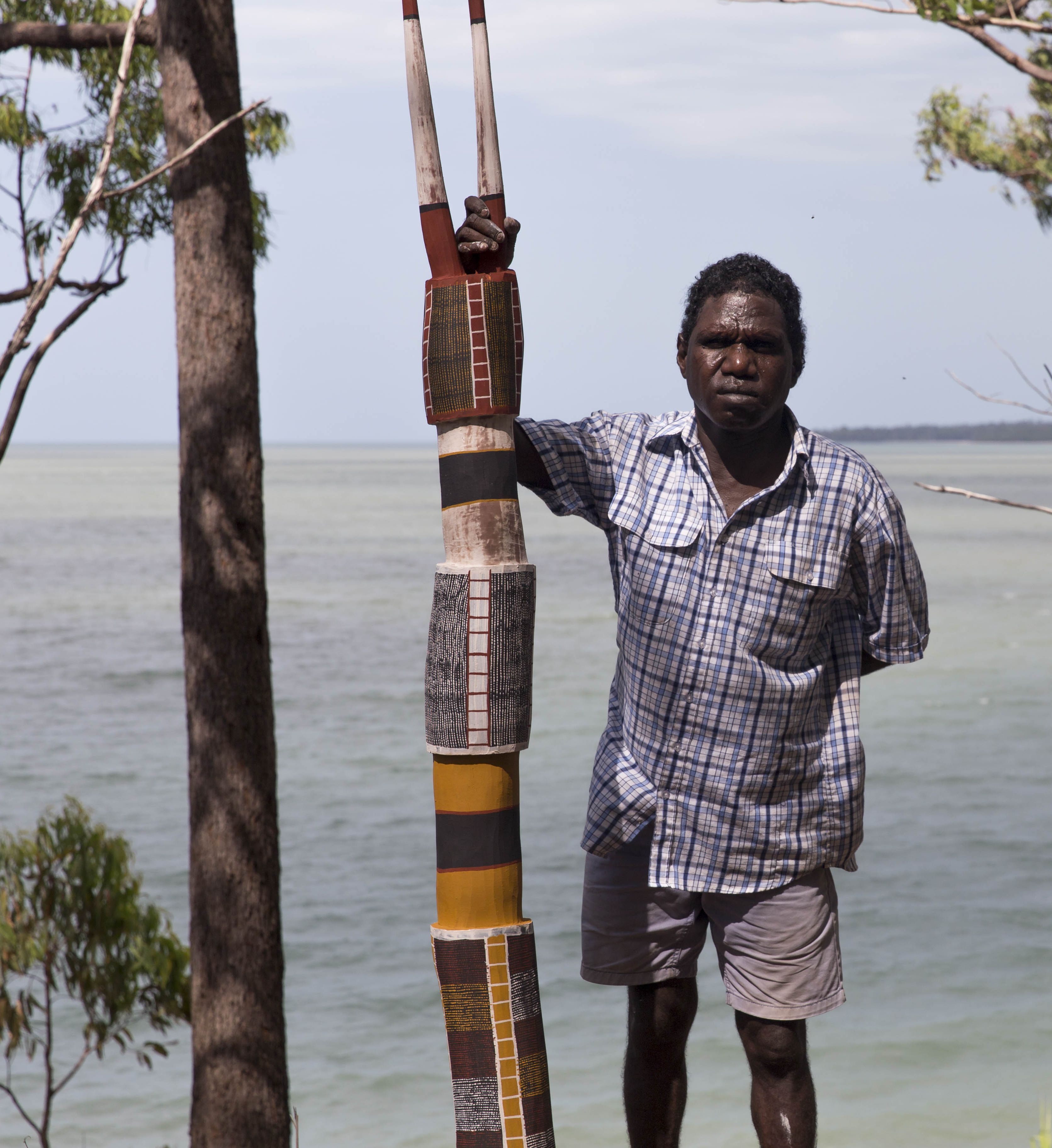Search Articles

Sandra Saunders in her studio at Wangary, South Australia, in front of her artwork 'They Came Like a Tsunami', oil and mixed media on canvas 2017. Photo by Marie Falcinella.
“I associate the idea of ‘fair’ with the values of Equity, Impartiality and Equality—these words all convey the idea of treating everyone equally and without bias”.

Sandra Saunders in her studio at Wangary, South Australia, in front of her artwork 'They Came Like a Tsunami', oil and mixed media on canvas 2017. Photo by Marie Falcinella.
